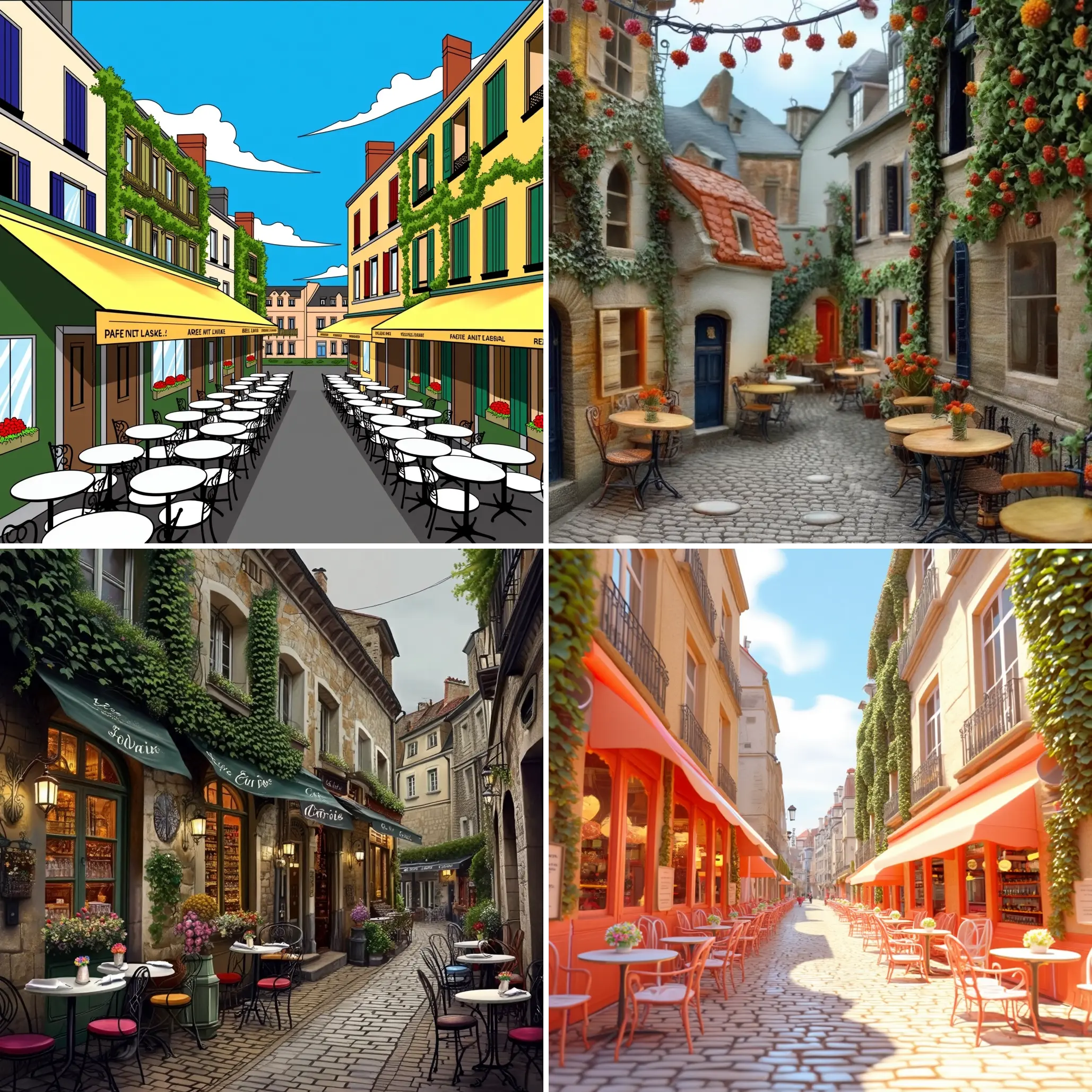ComfyUI Node: Image Film Grain
Image Film Grain
CategoryWAS Suite/Image/Filter
WASasquatch (Account age: 4910days) Extension
WAS Node Suite Latest Updated
2025-03-27 Github Stars
1.44K
How to Install WAS Node Suite
Install this extension via the ComfyUI Manager by searching for WAS Node Suite- 1. Click the Manager button in the main menu
- 2. Select Custom Nodes Manager button
- 3. Enter WAS Node Suite in the search bar
Visit ComfyUI Online for ready-to-use ComfyUI environment
- Free trial available
- 16GB VRAM to 80GB VRAM GPU machines
- 400+ preloaded models/nodes
- Freedom to upload custom models/nodes
- 200+ ready-to-run workflows
- 100% private workspace with up to 200GB storage
- Dedicated Support
Image Film Grain Description
Add realistic film grain effect to digital images for vintage or cinematic feel, with adjustable density and intensity.
Image Film Grain:
The Image Film Grain node is designed to add a realistic film grain effect to your images, mimicking the texture and noise found in traditional film photography. This effect can enhance the visual appeal of your digital images by introducing a layer of organic noise, which can make them appear more dynamic and less sterile. The node achieves this by applying grayscale noise with adjustable density, intensity, and highlights to the image, creating a nuanced and customizable grain effect. This can be particularly useful for AI artists looking to add a vintage or cinematic feel to their work, or to simply add a touch of texture to otherwise smooth digital images.
Image Film Grain Input Parameters:
image
This parameter expects an image input in the form of a PIL image. It is the base image to which the film grain effect will be applied.
density
The density parameter controls the amount of noise added to the image. It is a float value between 0 and 1, where 0 means no noise and 1 means maximum noise density. The default value is 0.1. Increasing the density will result in more grain particles being added to the image, making the grain effect more pronounced.
intensity
The intensity parameter determines the strength of the grain effect. It is a float value where 0 means no effect and higher values increase the intensity of the grain. The default value is 1.0. Adjusting the intensity will blend the noise with the original image to varying degrees, allowing for subtle to strong grain effects.
highlights
The highlights parameter adjusts the brightness of the grain effect. It is a float value where 1.0 means no change in brightness, values less than 1.0 will darken the grain, and values greater than 1.0 will brighten it. The default value is 1.0. This parameter helps in fine-tuning the visual impact of the grain, especially in the lighter areas of the image.
supersample_factor
The supersample_factor parameter controls the resolution at which the noise is generated before being scaled back to the original image size. It is an integer value, with a default of 4. Higher values can produce finer grain details but may increase processing time. This parameter is useful for achieving a more detailed and less pixelated grain effect.
Image Film Grain Output Parameters:
image
The output is a single image with the film grain effect applied. This image retains the original dimensions and format but now includes the added texture and noise, giving it a more organic and film-like appearance.
Image Film Grain Usage Tips:
- Experiment with the density and intensity parameters to find the right balance for your specific image. Higher density and intensity can create a more dramatic effect, while lower values can add a subtle texture.
- Use the highlights parameter to adjust the brightness of the grain, especially if your image has a lot of light areas. This can help in maintaining the overall brightness and contrast of the image.
- The supersample_factor can be increased for higher resolution images to ensure the grain effect is fine and detailed. However, be mindful of the increased processing time with higher values.
Image Film Grain Common Errors and Solutions:
ValueError: "Supersample factor must be a positive integer."
- Explanation: This error occurs if the supersample_factor is set to a non-positive integer.
- Solution: Ensure that the supersample_factor is set to a positive integer value, such as 1, 2, 3, etc.
TypeError: "Image input must be a PIL image."
- Explanation: This error occurs if the input image is not in the correct format.
- Solution: Convert your image to a PIL image before passing it to the node.
ValueError: "Density must be between 0 and 1."
- Explanation: This error occurs if the density parameter is set outside the valid range.
- Solution: Ensure that the density parameter is set to a value between 0 and 1.
ValueError: "Intensity must be a non-negative float."
- Explanation: This error occurs if the intensity parameter is set to a negative value.
- Solution: Ensure that the intensity parameter is set to a non-negative float value.
Image Film Grain Related Nodes
RunComfy is the premier ComfyUI platform, offering ComfyUI online environment and services, along with ComfyUI workflows featuring stunning visuals. RunComfy also provides AI Playground, enabling artists to harness the latest AI tools to create incredible art.





